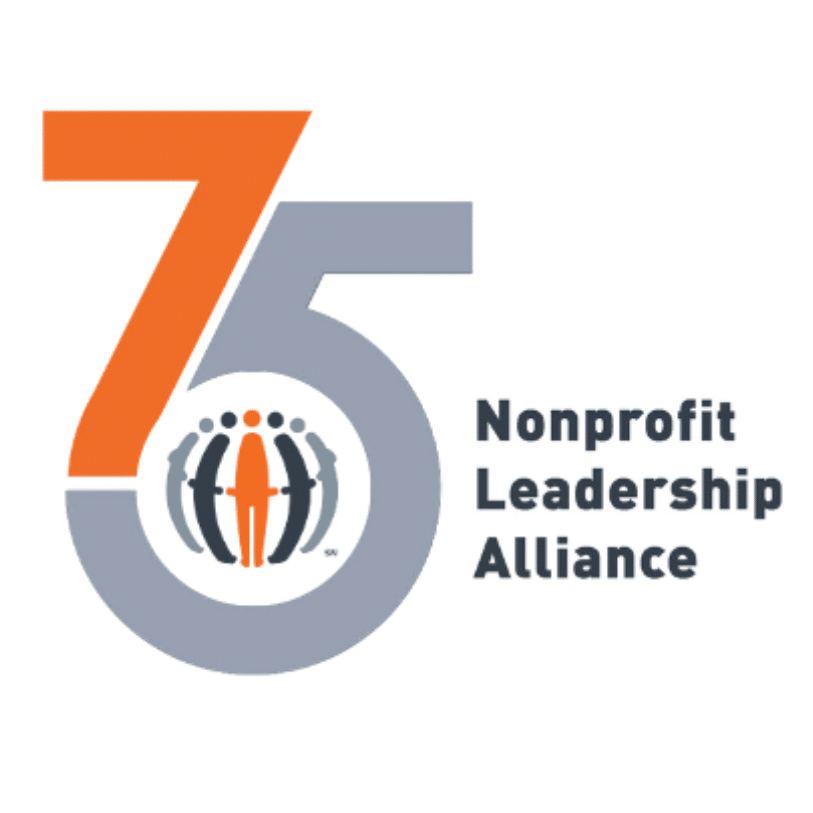Written by: Michael Ash, Ma, CNP, PCM, PMP
Reading Time: 5 minutes
In the wake of the COVID-19 pandemic, nonprofit organizations face unprecedented challenges, from transitioning to remote work models to addressing economic hardships, new challenges in fundraising, and community struggles. As nonprofit professionals, we are on the frontline to help our communities meet their needs and face these challenges. Employee retention has always been an issue for nonprofit leaders, but it is currently at an all-time high. Fostering loyalty and commitment requires more than just competitive compensation and benefits, especially in nonprofits where income is limited to donors, grants, fundraising, and other sources that may not be guaranteed.
The Cost of Employee Turnover:
Replacing an employee can cost up to three times the position’s annual salary, depending on the position. This cost includes marketing and recruiting for the position, the extra time it takes for other staff to adopt and complete the tasks to stay on target, and training the new employee. Beyond the cost associated with replacement, high turnover rates also result in loss of institutional knowledge, lower productivity and morale, and community image issues.
To help you better understand the “hidden” costs of employee turnover, the Nonprofit Leadership Alliance has created a free Cost of Employee Turnover Calculator.
So, What is the Solution to Employee Retention?
Psychological contracts are the unwritten expectations and obligations between employers and employees. They encompass the mutual understandings, beliefs, and commitments that influence the employment relationship. Nonprofits can create strong psychological contracts by aligning organizational values with staff passions. Employees who feel connected to the mission and purpose of their work are more likely to be engaged and committed. Leaders should strive to understand and appreciate their employees’ individual passions, recognizing them as valuable assets in driving the organization’s mission forward.
The pandemic reshaped our work, forcing organizations to adopt remote and hybrid work models or determine their return-to-office work procedures. Remote work has provided flexibility and autonomy, allowing employees to maintain a work-life balance. However, it has also presented challenges related to social isolation and blurred boundaries between work and personal life. Hybrid work models, combining remote and in-person work, offer both benefits but require careful planning and communication. As some organizations transition back to office work, ensuring a smooth and inclusive reintegration process is crucial.
The pandemic also created economic hardships for many individuals and communities, increasing demand for nonprofit services. As nonprofit professionals navigate these challenging times, it is essential to acknowledge and address the financial stresses employees face. Providing support through counseling, flexible schedules, or financial wellness programs can demonstrate an organization’s commitment to employee well-being. Additionally, fostering a sense of community within the organization can create a support network for employees facing community struggles, allowing them to feel understood and valued.
Strategies for Employee Retention:
Nonprofits must be creative when finding ways to promote and increase employee retention. Since nonprofits may pay lower salaries compared to for-profit organizations, our strategies to retain employees must stretch beyond pay. We must hone in on each employee’s psychological contract and determine what drives them to do their work and what we can do to keep them with our organization.
- Foster a Positive Organizational Culture: Cultivate a work environment that promotes trust, respect, and open communication. Encourage collaboration and celebrate achievements to create a sense of belonging and shared purpose.
- Offer Professional Development Opportunities: Provide growth opportunities, such as training programs, mentorship, and skill-building workshops. Investing in employees’ development demonstrates a commitment to their long-term success and enhances job satisfaction. See what cost-effective training solutions the Nonprofit Leadership Alliance offers.
- Support Work-Life Balance: Recognize the importance of work-life balance and promote flexible work arrangements whenever possible. Encourage employees to take breaks, set boundaries, and prioritize self-care.
- Promote Employee Well-Being: Implement wellness initiatives that prioritize physical, mental, and emotional well-being. Offer resources like counseling, stress management programs, and employee assistance programs.
- Communicate Transparently: Maintain open and transparent communication channels to inform employees about organizational changes, challenges, and successes. Regularly solicit feedback to understand employee concerns and address them proactively.
- Recognize and Reward Employees: Acknowledge and appreciate employee contributions through recognition programs, incentives, and performance-based rewards. Celebrate achievements publicly to foster a culture of appreciation.
In the aftermath of the COVID-19 pandemic, nonprofit organizations must prioritize employee retention to ensure their continued success. By understanding and nurturing psychological contracts, nonprofit leaders can foster a loyal and committed workforce that is aligned with the organization’s mission. In a post-COVID-19 world, where remote, hybrid, and return-to-office work models coexist with economic hardships and community struggles, nonprofit leaders must adapt and implement strategies that promote employee satisfaction and passion. By fostering a positive organizational culture, offering professional development opportunities, supporting work-life balance, promoting employee well-being, communicating transparently, and recognizing employees’ contributions, nonprofits can create an environment where employees feel valued, motivated, and inspired. By prioritizing employee retention, nonprofits can build a strong foundation for long-term success and positive community impact.

Michael Ash is a seasoned marketing and nonprofit professional with 15 years of experience. He is currently the Director of Marketing and PR at Ramey-Estep in Ashland, KY, and an Instructor at Morehead State University. Michael holds an undergraduate degree in advertising, public relations, and graphic design and a graduate degree in wellness promotion from Morehead State University. He is pursuing his DBA and researching Appalachian nonprofits, psychological contracts, and retention. Michael also holds credentials as a Certified Nonprofit Professional, Professional Certified Marketing, and Project Management Professional. His expertise includes PR, advertising, fundraising, social media, recruitment, event development, and community engagement. In his free time, Michael enjoys nature, reading, gaming, knitting, and spending time with his dogs, Zeke and Zeus.
